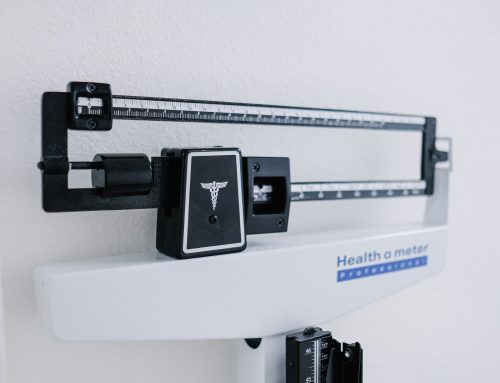The Low FODMAP diet is a popular choice for relieving IBS symptoms, naturally. Not only can it help improve symptoms, but it also encourages a healthy balance of good and “bad” bacteria, when followed for a short amount of time. This diet has been well studied and shown to be a highly effective way for those with IBS symptoms to gain some relief.
What Is It?
FODMAP is an acronym which stands for Fermentable Oligosaccharides, Disaccharides, Monosaccharides And Polyols. These names refer to the chain length of specific carbohydrates. For example, the main disaccharide that’s avoided is lactose and the main Monosaccharide that’s avoided is fructose. Most foods have a mix of types and concentrations of carbs, so this therapeutic diet focuses on minimizing the foods that have the most concentration of these specific types of carbs. The low FODMAP diet is illustrated with low, medium and high lists of foods. These lists have seemingly nothing in common and can also seem counterintuitive because the “high and medium” lists have many healthy foods in it. For example, onion, garlic, apples and cauliflower are all high FODMAP.
How Does It Help?
The low FODMAP diet is designed to serve two purposes:
- Starve “bad” bacteria
- Reduce carbohydrate malabsorption
Highly fermentable carbs can exacerbate bacterial imbalance, because they are really good at feeding bacteria in the colon or small intestine. When you already have too many bad bacteria, these carbs can worsen that imbalance.
Carbohydrate malabsorption (not able to digest properly) can occur when bad bacteria get out of control. The overgrown bacteria can damage the small intestine, thereby altering your digestion so “they” have carbs to eat (the carbs you aren’t breaking down). This maldigestion is what can trigger symptoms like gas, pain, bloating and irregular bowel movements.
What Causes Dysbiosis?
Research shows that a large percentage of those who are overweight and/or have IBS, Celiac Disease and Hypothyroidism, have an imbalance of good to “bad” bacteria (dysbiosis). Bacteria are really only “bad” when they’re overpopulated. The good bacteria keep the bad bacteria in check.
Some of the most common causes or contributors of dysbiosis, are the following
- Use of stomach acid blockers like PPI’s
- Antibiotics
- Certain medications
- Not enough production of digestive enzymes or bile
- A poor diet
- Stress
- Lack of enough good gut bacteria (probiotics)
It’s important to note that dysbiosis doesn’t always present as GI related symptoms. When left untreated, dysbiosis can contribute to illnesses of all kinds, including anxiety and depression, lupus, MS, leaky gut, and diabetes, to name just a few.
How To Use This Therapeutic Diet
The end goal of this therapeutic diet is to better balance the good and bad bacteria, so your intestines can repair and you can properly digest these foods again. With most diets, you should be able to see a difference within 3 weeks. If you’re not noticing any benefit, it’s likely the diet isn’t a good match. If you do see benefit, continue until you reach a plateau in symptom resolution.
Depending how much symptom relief you get, you may benefit from moving through a few more healing steps, before doing a reintroduction phase. If you’ve been feeling great for about a month, I recommend adding foods back in slowly and one at a time. You may find that you still don’t tolerate a handful of foods, but you should be able to add many back in with success. Wait a few more months and try again, with the foods that didn’t go well the first time.
It’s important to note that this diet also starves good bacteria, if you stay on it (strictly) for a long period of time. One of the biggest mistakes I see is not going through a reintroduction phase.

Most Used Resources
- Recipes
- App
- Monash University Low FODMAP Diet App
- Simple Graphic Of The Diet
Other Considerations
A few things to keep in mind are, many of the low FODMAP lists (especially the app) aren’t looking at food properties, beyond fermentability and risk of malabsorption. This can get confusing because you will see many highly processed foods, listed as low FODMAP. This doesn’t indicate that you should necessarily be eating them, regularly. The lists don’t account for the amount of sugar, inflammatory oils, chemicals, etc in the food. The lists also can’t account for personal tolerance of fiber, histamines, sulfur, total carbohydrate and food sensitivities.
There are many variables within individual foods that sometimes also need to be taken into consideration. Things can get complicated, which is why it’s incredibly helpful to work with a trained dietary professional. If you’re in the weeds and need to get untangled, give me a call!
 My office is open for in-person and virtual appointments. Here is the
My office is open for in-person and virtual appointments. Here is the 




[…] meatballs recipe by Michele Rosen of Paleo Running Momma, is fantastic! Whether you’re on a low FODMAP diet or not, I recommend making this easy meatball recipe. It’s adaptable for so many different […]